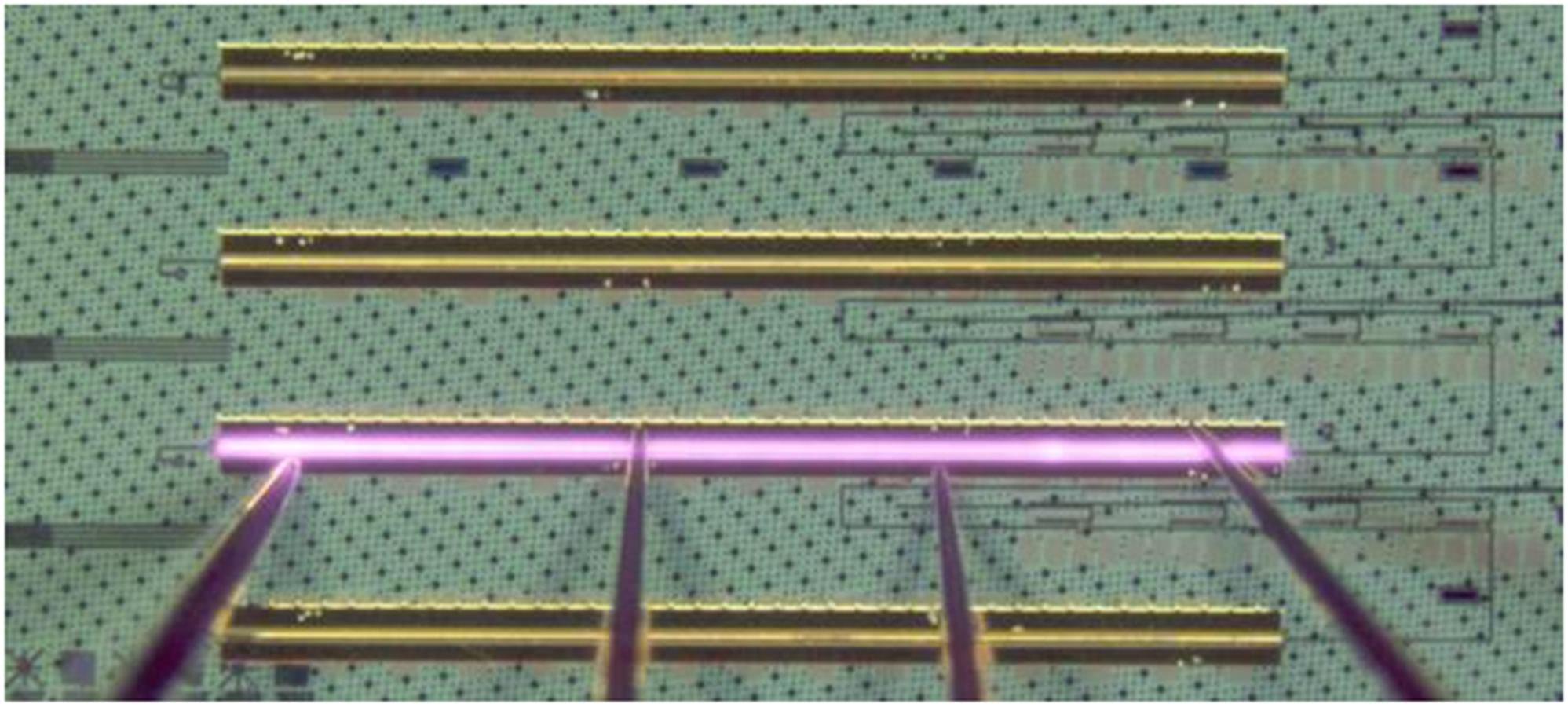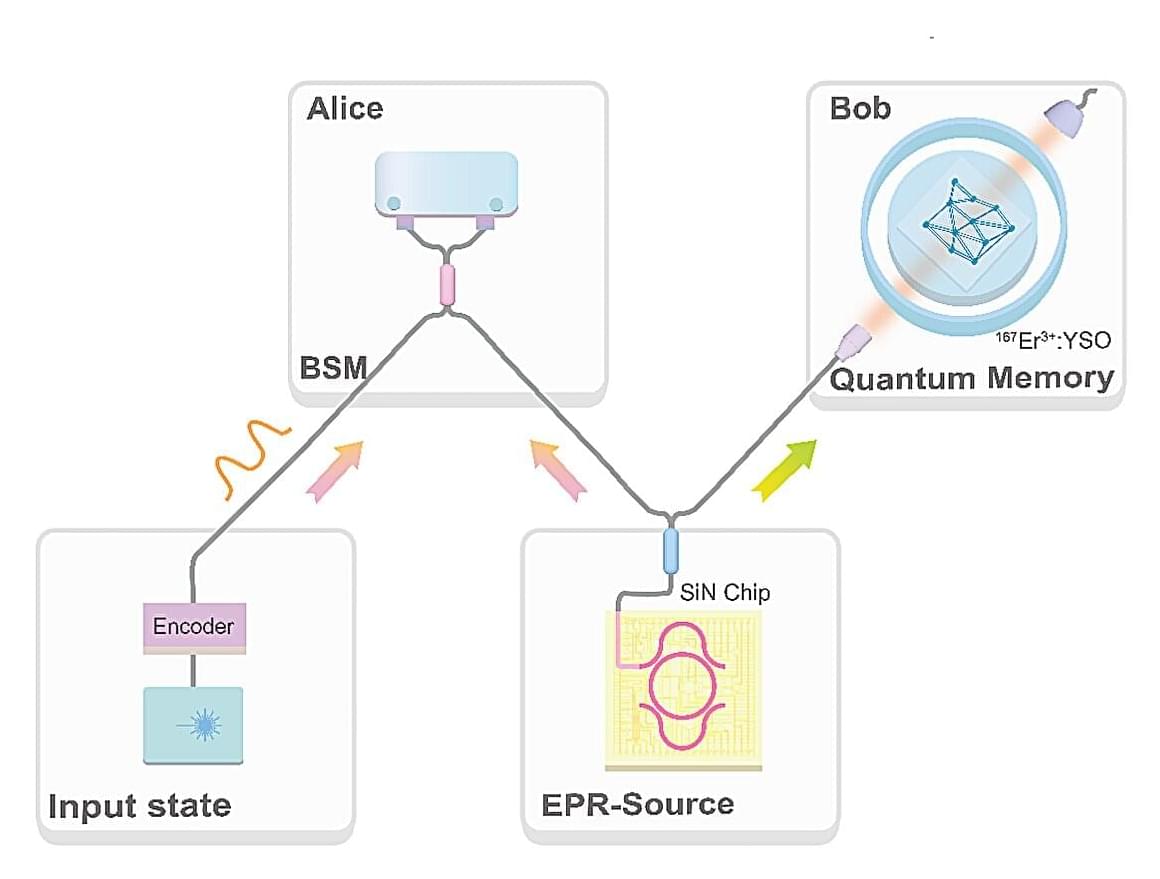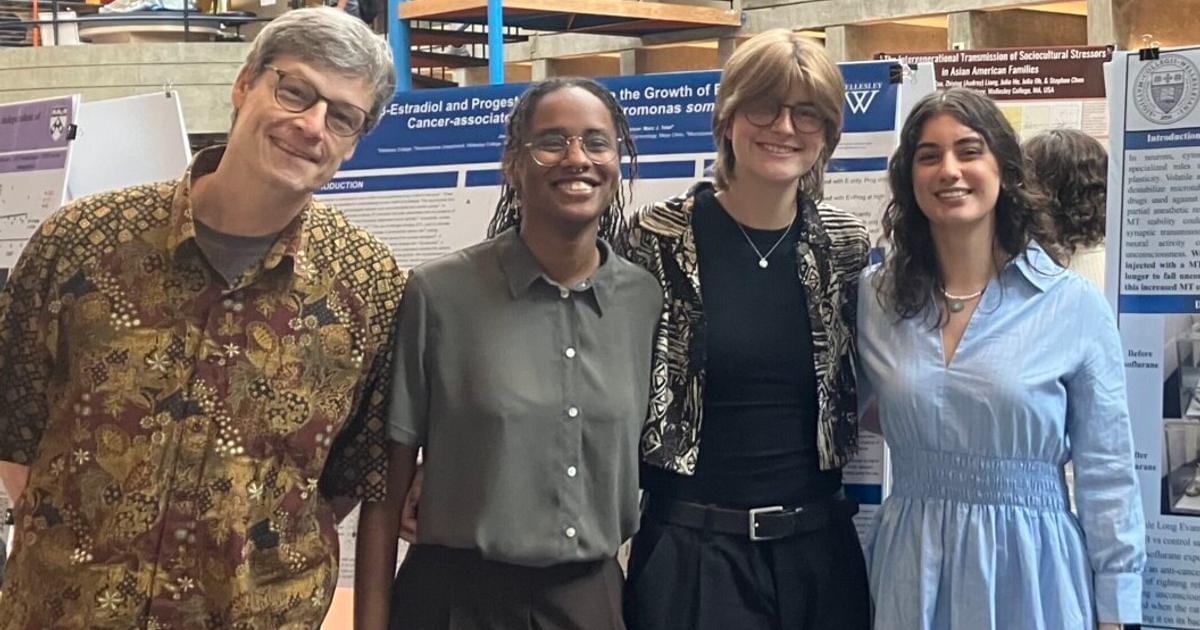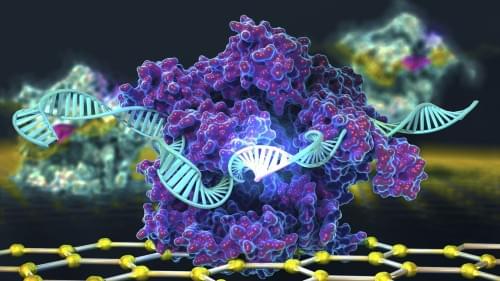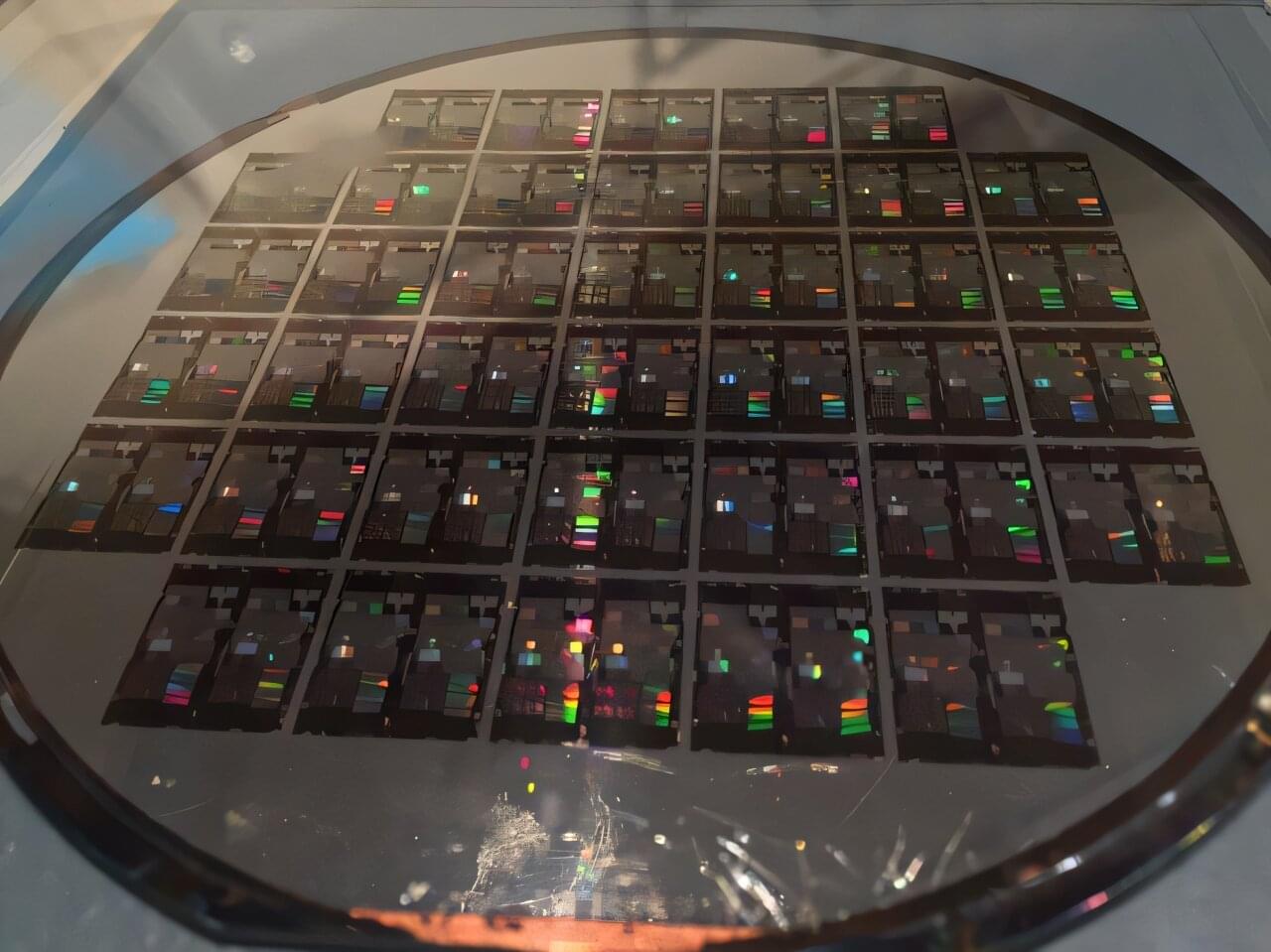Monolithically integrated lasers on silicon photonics enable scalable, foundry-compatible production for data communications applications. However, material mismatches in heteroepitaxial systems and high coupling losses pose challenges for III-V integration on silicon. We combine three techniques: recessed silicon pockets for III-V growth, two-step heteroepitaxy using both MOCVD and MBE, and a polymer facet gap-fill approach to develop O-band InAs quantum dot lasers monolithically integrated on silicon photonics chiplets. Lasers coupled to silicon ring resonators and silicon nitride distributed Bragg reflectors (DBR) demonstrate single-mode lasing with side-mode suppression ratio up to 32 dB. Devices lase at temperatures up to 105 °C with an extrapolated operational lifetime of 6.2 years at 35 °C.
